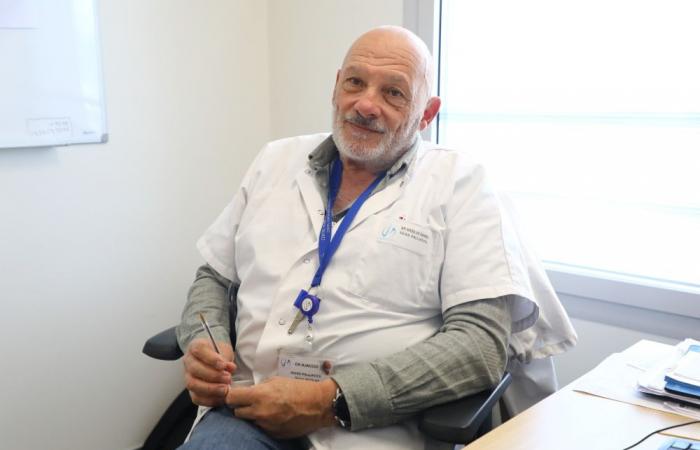Our file:
How is the screening for Charcot disease, sometimes referred to as “the most common of rare diseases” carried out?
The disease manifests itself by disorders of muscle strength. The patient has difficulty moving an arm, walking, or experiences small vibrations. It’s quite discreet at first, but it often evolves quickly. In general, the patient sees a neurologist in Bastia or Ajaccio. And when there is suspicion of ALS, you must contact a specialized center in Marseille. An electromyogram, which is a fairly simple test, allows you to see if motor information is poorly transmitted. It is a progressive disease. There is a medication that is given to try to slow down the progression, but no cure, as we speak. The disease continues to progress, despite treatment.
“The diagnosis has a strong psychological impact”
Can early detection extend the lifespan and/or comfort of patients?
Screening has very little influence on the prognosis. ALS is a pathology from which there is no cure. The drug has only a small impact. On the other hand, the diagnosis has a strong psychological impact. It’s not like cancer. The earlier we detect it, the more chance we have of recovery. For Charcot, there is no loss of luck. An early diagnosis is no guarantee of improvement or comfort. It’s the same thing for Alzheimer’s; A later diagnosis means time saved in carelessness. But I understand that diagnosis wandering is stressful for patients and caregivers. The important thing is not the diagnosis, it is rather the aftermath.
Health






